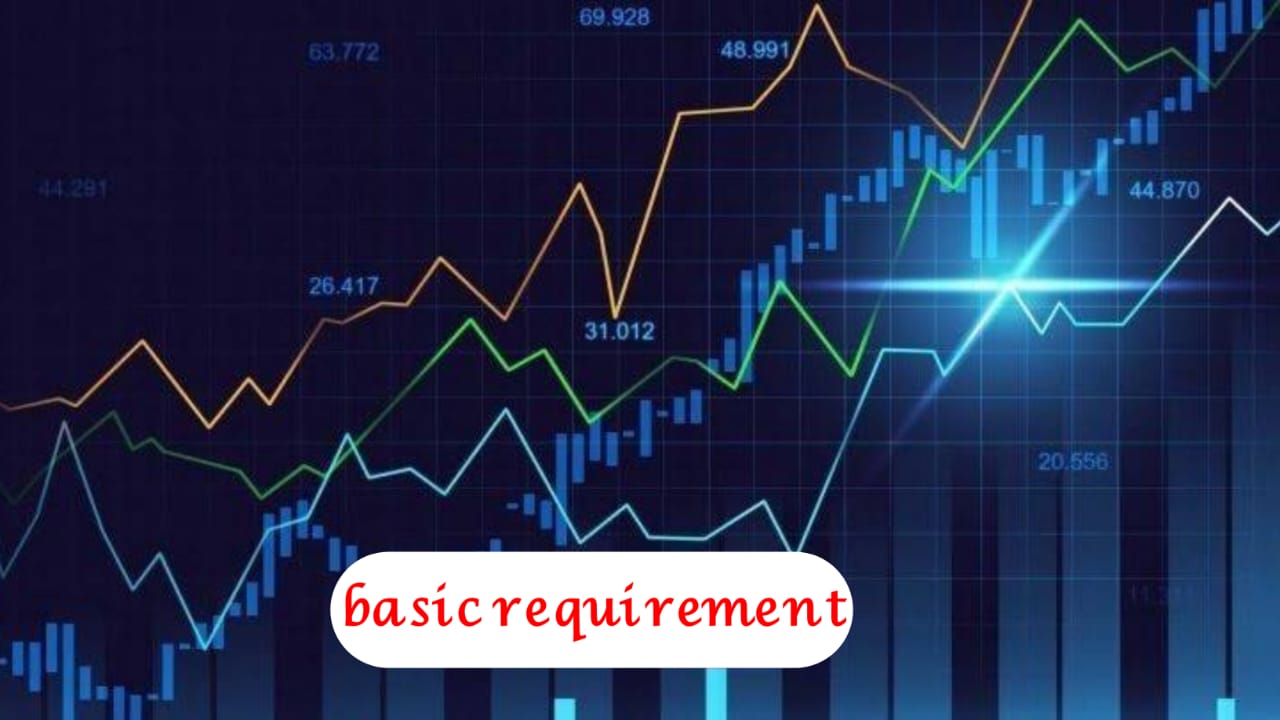Basic requirements
Basic requirements in foreign trade education for beginners
Before continuing, let’s summarize some of the key concepts covered so far with this list of key pre-x learning terms:
PIP: “PIP” is the basic unit of the currency pair price, or 0.0001 of the said price. So when the Euro/US dollar price of supply rises from 1.16667 to 1.16677, that’s a change.
Deployment: The difference is the difference between the giving price of the coin pair and the price. For more popular couples, the difference is usually low – or sometimes below the dollar! For couples that are not traded frequently, the difference tends to rise significantly. Before a foreign exchange transaction becomes profitable, the value of the currency pair must exceed the difference between the purchase price and the sale or vice versa, depending on the type of transaction.
Margin: The margin is the money available in the translation account. But, given that the average foreign-exchange trades for beginners lack the margin needed to trade in large enough quantities to make good profits, many foreign-exchange intermediaries – and the credit-default swaps market – offer their customers leverage.
Efficiency: Leverage is the capital that a currency broker offers to boost the business volume of its customers. For example, if you use a 10:1 leverage ratio and you have 1,000 dollars in your trade account, you can trade 10,000 dollars worth of commercial tools. If this trade succeeds, influence will multiply your profits ten-fold. However, please note that activation doubles your losses to the same degree, so it should be used with caution. If your account balance falls below $0, this may trigger the Negative Balance Protection settings (if handling a ESMA Organized and Trusted Broker), which will close the position. Fortunately, this means that you cannot move below zero, so you will not be in debt to the business.
Forks Junior Trade
What are the benefits of currency trading?
Now that we’ve released an overview of currency for beginners, the question is, why would you want to trade currencies or other financial instruments?
There are a number of reasons why people choose to start everyday business. Some of these may include the possibility of earning extra money, for example, from rest at your home, office, or anywhere you have Internet access. One of the reasons that you learn audacity and trade is that it’s an opportunity to learn a new skill in your own era, or even a dream of achieving financial freedom, and gaining more control over your financial future. When it comes to currency trading specifically, there are many advantages to making these financial assets very attractive to trade.
Forks: World’s largest financial trading market
Forks is the world’s largest financial market with more than 6.6 trillion US dollars traded daily. In other words, someday, the amount of money in foreign-exchange markets will exceed Japan’s GDP! Of these, $254 billion is traded through credit-default swaps and other derivative instruments.
As the world’s largest and most active financial trading market, it is also the most liquid market in the world, meaning that it is easier to enter and exit the currency trade for new firms. For more liquid couples, they can trade currencies at very low costs (even for less than 1 petabyte! ). It also means that the currency market is highly volatile, creating many opportunities for traders to take advantage of positive and negative currency movements.
24/7 Forks trade
The Forks Market is the only financial market that never sleeps, meaning you can trade all day (or at night). Unlike global stock exchanges that are located in trading rooms, such as the New York Stock Exchange or the London Stock Exchange, the Forks market is known as an “out-of-stock market.” This means that transactions are conducted directly between currency owners, rather than managed through an exchange rate.
So currency trading was not limited to working hours for any particular global exchange.
But, since the foreign-exchange market is a global market, this means that there is always a good part of the world that manages business and transactions, and during these hours, their currencies tend to be more mobile. For example, currency pairs involving the US dollar see the most movement during working hours in the US (from 16:00 to 24:00 GMT), while Eastern Europe, the Japanese pound, the China Association, and other European countries experience the most movement during working hours. (8:00 and 16:00 GMT).
By contrast, the Australian dollar and the New Zealand and Japanese dollars tend to be more active between 000 and 0800 GMT. This means that as a merchant you can trade at any time that suits you, and if you work during the day, you’ll be able to trade before or after your working time. If you have children and you’re home during the day, you can simply do

